International
Petro says he is dealing with Maduro with a plan to “eradicate” armed groups from the border
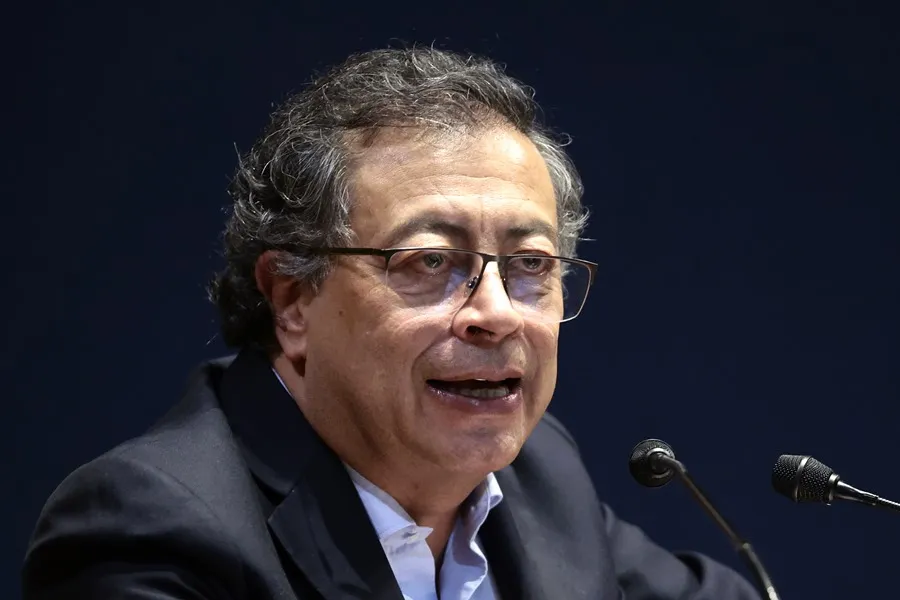
The president of Colombia, Gustavo Petro, said on Thursday that he has been in contact with Nicolás Maduro to launch an action plan that would allow the “eradication” of armed groups from the border with Venezuela, following the clashes in the Catatumbo area between the guerrillas of the National Liberation Army (ELN) and a dissident of the FARC.
“I have talked to the president in Venezuela, Nicolás Maduro, to cover up the illegal passages, especially in the Catatumbo River, and it is acted with flights from side to side, we verify (sic) with the presence of 1,580 compatriots in a refugee camp on the other side,” Petro said in his social network account X.
He also said that “an action plan is being built, a set that seeks to close all space for action of the owners of drug trafficking on the border.”
The president thus responded to criticism the day before for making an official trip to Haiti while the country faces the security and humanitarian crisis caused by the clashes in the Catatumbo, which began a week ago and left between 60 and 80 dead, according to different authorities, as well as some 36,000 displaced people.
“No one disconnects at this time. I inform you that I have been connected with the current Venezuelan Government from Haiti and I have delegated my Minister of Defense to talk to his peer and establish a joint plan to eradicate armed gangs on the border,” Petro added.
Petro also said that there will be “a meeting of the two defense ministers for this purpose.”
Colombian Foreign Minister Luis Gilberto Murillo, who resigned this week and will be in office until January 31, said on Wednesday in New York that the Colombian Government has asked that of Venezuela through diplomatic channels to ensure greater control at the border to prevent the passage of ELN fighters from Catatumbo.
Murillo, who spoke before the UN Security Council at its quarterly session on the Verification Mission in Colombia, said that the two Governments “are coordinated to ensure tranquility on both sides of the border.”
To this end, he added, Colombia has “sadd to the Venezuelan State that it is definitive to avoid the passages of the members of the ELN through the border,” because it is a fact that “there were a series of illegal passages,” although all this without going to the extreme of closing the legal bridges that communicate the two countries.
Colombia and Venezuela share a border of 2,219 kilometers, of which about 375 are in the Catatumbo region, the scene of the clashes between the ELN and the 33rd Front of the FARC dissidents, for territorial control and drug trafficking businesses.
The delegation of the Government of Colombia in the dialogues with the National Liberation Army (ELN) said that the members of the guerrillas participating in the peace process are not in Cuba, after the Prosecutor’s Office reactivated the arrest warrants against 31 negotiators of the armed group.
“Our delegation affirms that to date, and according to official information, in Cuba there are no representatives or people authorized to participate in the peace process belonging to the ELN,” said this Thursday the Government delegation headed by Vera Grabe in a message on her X account.
This statement is made after the Prosecutor’s Office reactivated on Wednesday the arrest warrants against the ELN peace negotiators after Colombian President Gustavo Petro ordered the suspension of talks due to the “war crimes” that that guerrilla is committing in the Catatumbo.
International
Trump Orders Construction of New ‘Golden Fleet’ to Revitalize U.S. Naval Superiority
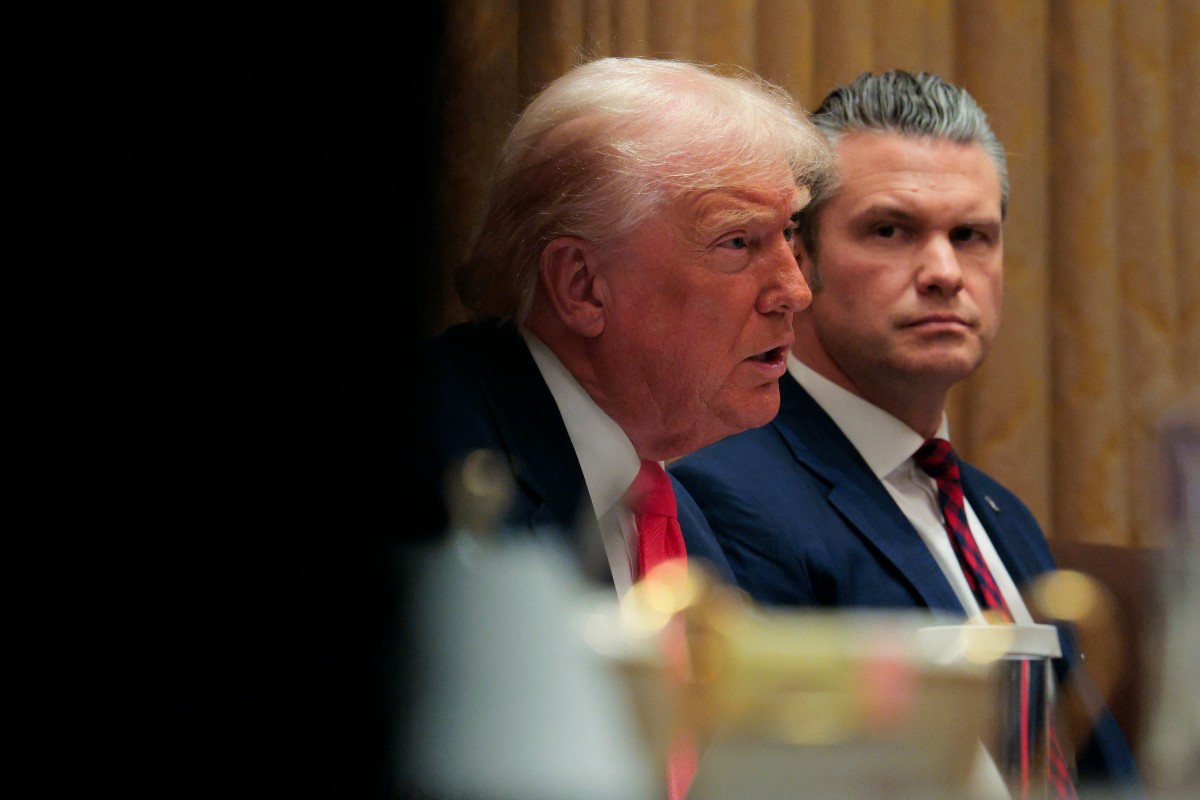
President Donald Trump issued an executive order this Monday for the immediate construction of two new warships that will bear his name. These vessels will be the pioneers of what he described as the “Golden Fleet,” a future generation of “Trump-class” battleships that he claimed would be “100 times more powerful” than those currently in service.
The announcement took place at his private residence in Mar-a-Lago, Florida. The President indicated that following the initial two ships, the administration aims to commission up to 25 additional vessels. He is scheduled to meet with Florida-based contractors next week to expedite production, criticizing existing defense firms for failing to deliver results efficiently.
This naval expansion is a cornerstone of Trump’s goal to revitalized the American shipbuilding industry and address the strategic gap between the U.S. and competitors like China.
The move comes amid heightened geopolitical tension. Just last week, Trump ordered the seizure of all sanctioned tankers involved with Venezuela’s “ghost fleet” to cripple the country’s crude oil industry. Since December 10, the U.S. military—deployed in the Caribbean under the guise of counter-narcotics operations—has already detained two tankers linked to Venezuelan oil transport.
International
U.S. Judge Blocks ICE from Re-detaining Salvadoran Erroneously Deported Under Trump Administration
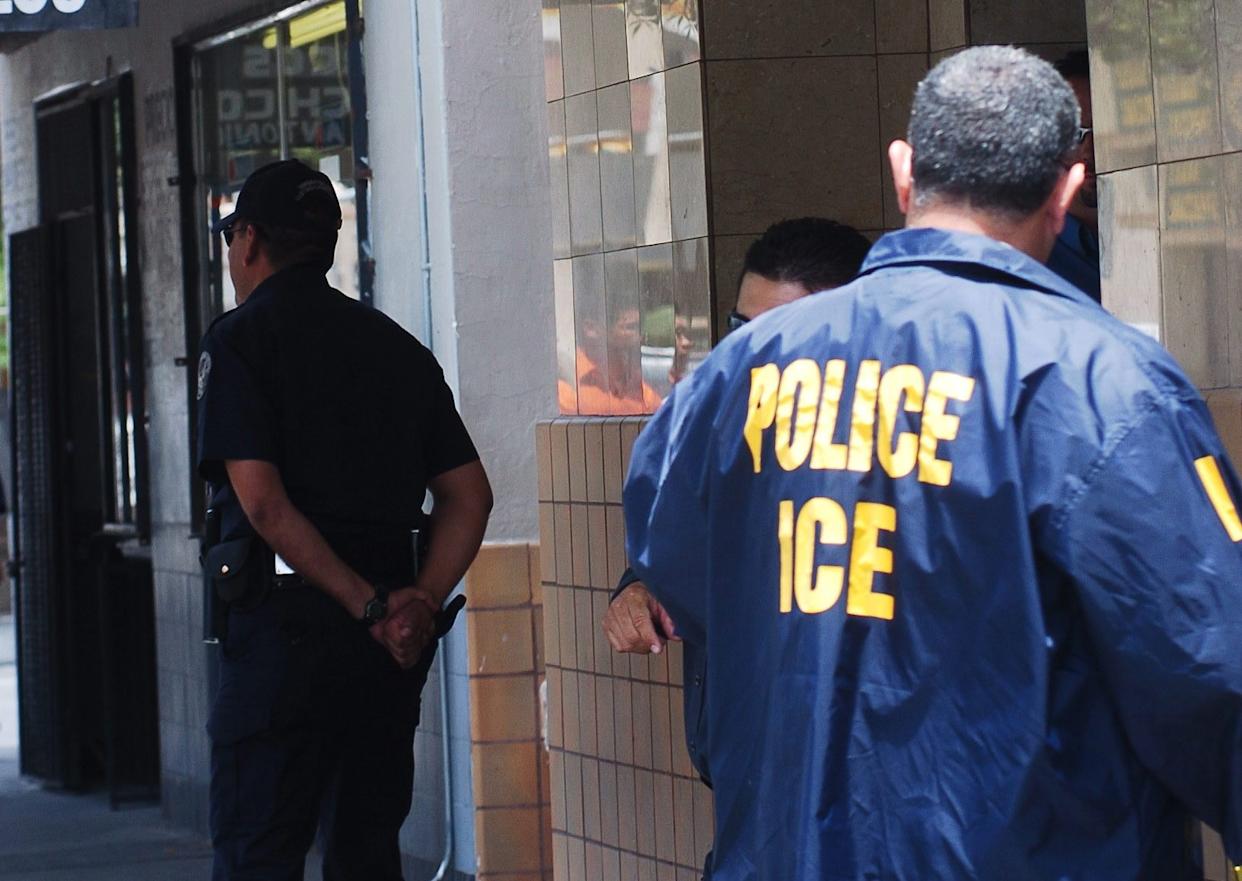
A U.S. federal judge ruled this Monday, December 22, that Immigration and Customs Enforcement (ICE) is prohibited from re-detaining Salvadoran national Kilmar Ábrego García, who was erroneously deported to El Salvador earlier this year during the administration of President Donald Trump.
During a hearing in Maryland, U.S. District Judge Paula Xinis ruled that Ábrego García must remain free on bail through the Christmas holidays, concluding that his initial detention lacked a legal basis. The ruling follows a request from his legal team for a temporary restraining order to prevent ICE from carrying out a new arrest.
Earlier this month, on December 11, Judge Xinis ordered his release from a Pennsylvania migrant detention center after determining that the government had detained him without a formal deportation order. In 2019, an immigration judge had already ruled that Ábrego could not be returned to El Salvador because his life was in danger.
Despite that protection, Ábrego García was deported in March 2025 following a raid by the Trump administration. Officials argued at the time that he was a gang member, and he was sent directly to the Center for the Confinement of Terrorism (CECOT) in El Salvador. In June, he was returned to the United States to face a new trial for alleged human smuggling—a charge he denies.
On Monday, Judge Xinis also temporarily invalidated a new deportation order issued by an immigration judge following Ábrego’s recent release, granting him legal protection through the coming weeks. His trial is scheduled to begin in Tennessee in January 2026.
International
Fire at substation triggers major blackout in San Francisco
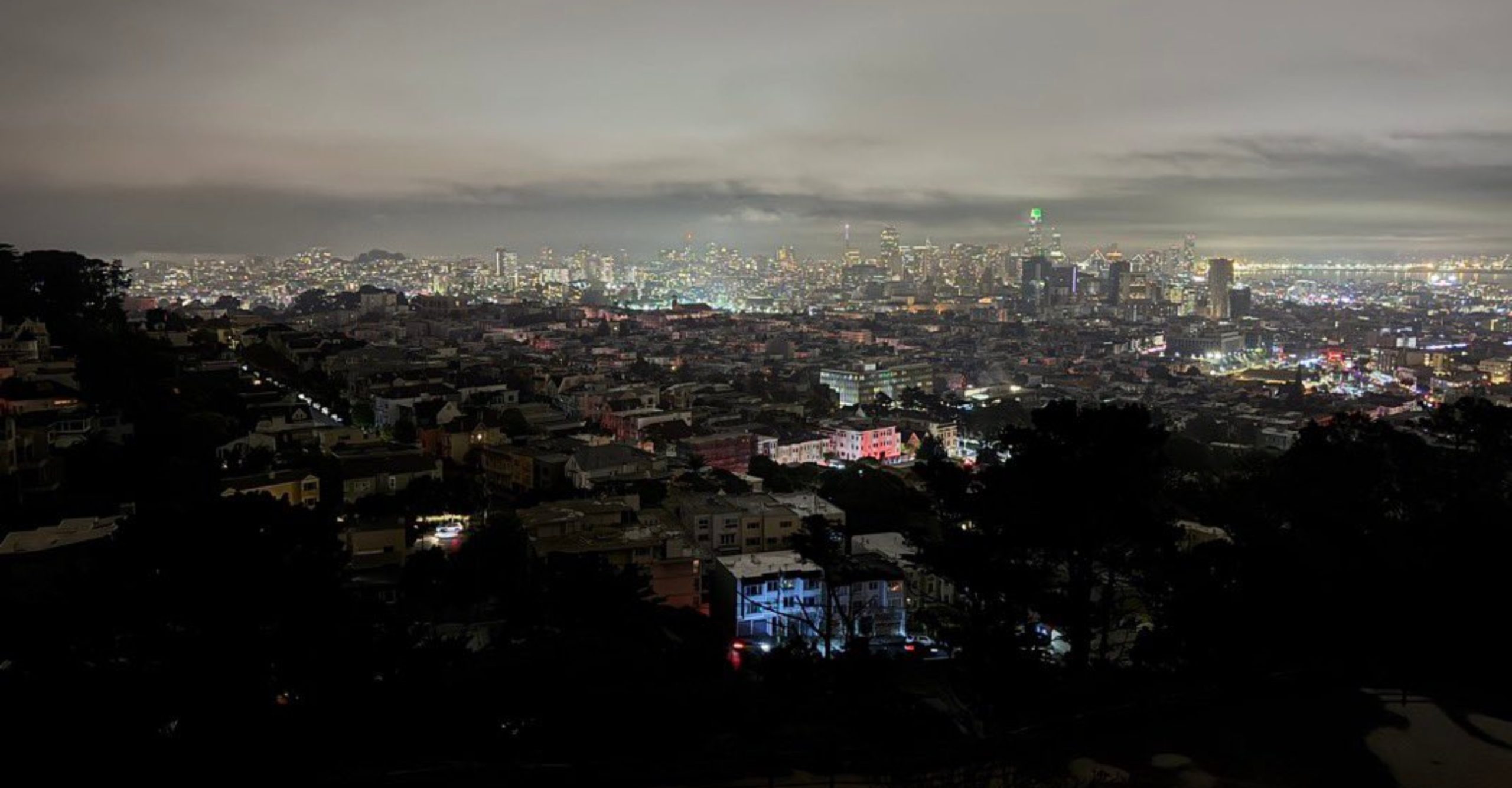
The U.S. city of San Francisco was plunged into darkness Saturday night after a power outage left about 130,000 customers without electricity, although the utility company said service was restored to most users within hours.
Pacific Gas & Electric Company (PG&E) said in a statement posted on X that nearly 90,000 homes had their power restored by 9:00 p.m. local time (05:00 GMT on Sunday), while the remaining 40,000 customers were expected to have service restored overnight.
Large areas of the city, a major technology hub with a population of around 800,000, were affected by the blackout, which disrupted public transportation and left traffic lights out of service during the busy weekend before Christmas, a crucial period for retail businesses.
“I know it’s been a difficult day,” San Francisco Mayor Daniel Lurie said in a video posted on social media from the city’s emergency operations center. “There has been progress, but for those still without power, we want to make sure they are safe and checking in on their neighbors,” he added.
Lurie said police officers and firefighters advised residents to stay home as much as possible. He also noted that officers and traffic inspectors were deployed to manage intersections where traffic lights were not functioning.
The mayor confirmed that the outage was caused by a fire at an electrical substation. Parts of the city were also covered in fog, further complicating conditions during the incident.
As a result of the blackout, many businesses were forced to close despite it being the weekend before Christmas. The sudden drop in shopper traffic ahead of the holiday is “devastating” for retailers, the manager of home goods store Black & Gold told the San Francisco Chronicle.
-

 International4 days ago
International4 days agoShakira’s El Salvador concerts sell out in hours, fans demand more dates
-

 International3 days ago
International3 days agoPentagon confirms Trump pick for SouthCom as U.S. military pressure grows
-
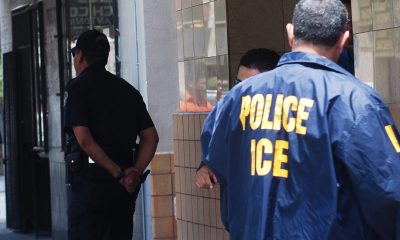
 International24 hours ago
International24 hours agoU.S. Judge Blocks ICE from Re-detaining Salvadoran Erroneously Deported Under Trump Administration
-

 International4 days ago
International4 days agoTrump moves to reclassify marijuana as less dangerous substance
-

 International3 days ago
International3 days agoArgentina detects first local cases of Influenza A (H3N2) Subclade K
-
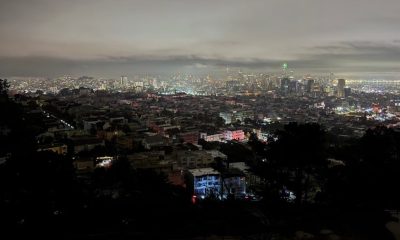
 International2 days ago
International2 days agoFire at substation triggers major blackout in San Francisco
-
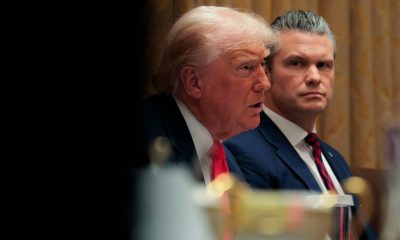
 International24 hours ago
International24 hours agoTrump Orders Construction of New ‘Golden Fleet’ to Revitalize U.S. Naval Superiority
-
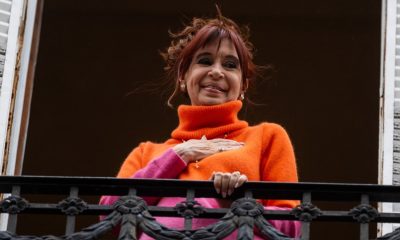
 International2 days ago
International2 days agoCristina Kirchner recovering after appendicitis surgery in Buenos Aires




























